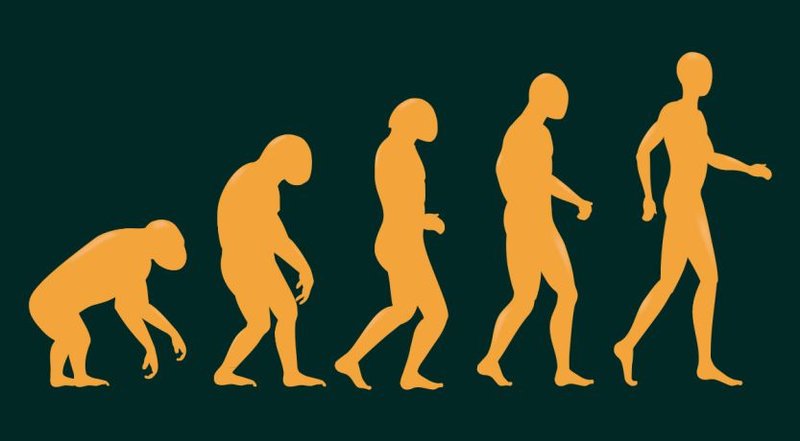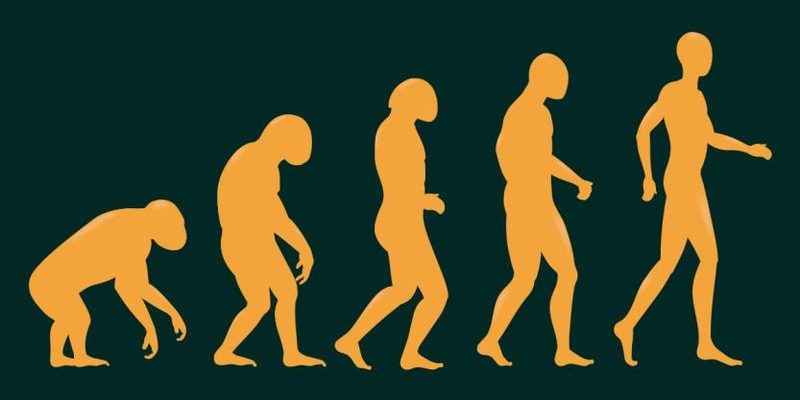
Ducks belong to the family Anatidae, which also includes swans and geese. They have adapted to various environments around the world, showcasing a remarkable range of behaviors and physical characteristics. Just like how our smartphones have evolved from chunky, basic gadgets to sleek devices packed with features, ducks have transformed and diversified in ways that reflect their environments.
In this article, we’ll dive deep into the history and evolution of ducks. So grab a cup of coffee, and let’s explore how these delightful birds have changed over time.
The Origins of Ducks
Ducks trace their roots back to about 70 million years ago during the Late Cretaceous period. Imagine the world back then: dinosaurs roamed the earth, and the climate was vastly different. The earliest ancestors of ducks are thought to have emerged during this time, evolving from small, water-loving birds that flitted about. These early birds were quite different from the mallards and Pekin ducks we see today.
Over time, these ancestors split into various groups, adapting to their surroundings. Some found homes in freshwater lakes and rivers, while others took to saltwater environments. This adaptability was crucial for their survival. They developed unique skills, like diving for food or dabbling on the water’s surface. This is similar to how we adapt our skills for different jobs or environments.
As the ages went by, the connection between ducks and their relatives—like geese and swans—grew clearer. Fossil evidence shows distinctive features among these birds, highlighting their shared ancestry. For instance, ducks and geese both have broad bills that help them forage for food in water.
Ducks in Ancient Cultures
Ducks have played significant roles in ancient cultures throughout history. For instance, in ancient Egypt, ducks were domesticated and revered. They appeared in hieroglyphics and were often associated with fertility and abundance. Imagine a bustling marketplace where locals sell ducks as food or pets—a reflection of their importance in society!
In China, ducks were also a staple in both cuisine and culture. The domestication of ducks in China dates back over 4,000 years. They were bred for their meat and eggs, which became integral to many traditional dishes. Think of how Peking duck has become a beloved culinary symbol of Chinese cuisine today.
Moreover, ducks symbolize various traits in mythology. In some Native American cultures, ducks are seen as messengers and symbols of resourcefulness. They teach us to navigate both land and water, much like how we navigate our own lives. These rich cultural associations show how ducks have resonated with human experiences throughout history.
The Domestication of Ducks
Domestication transformed ducks substantially. Initially, wild ducks were captured for food. Eventually, people began to breed them for specific traits, like size or egg-laying ability. This process began in Asia and gradually spread to Europe and beyond, with ducks becoming one of the most popular domesticated birds around the world.
There are several breeds of domestic ducks today. Each breed has unique characteristics suited to different purposes, such as:
- Pekin Ducks: Known for their white feathers and meaty bodies, they’re a favorite for culinary dishes.
- Khaki Campbell Ducks: Renowned for their high egg production, they lay around 300 eggs per year!
- Muscovy Ducks: These ducks have a unique appearance with bright colors and are often raised for their meat.
Domesticated ducks are not just food sources; they can also be delightful pets. They often have friendly personalities and can even form bonds with their owners. People find joy in their quirky antics, much like how a dog or cat can bring happiness into a home.
Ducks can be classified into two main categories: dabbling and diving ducks. Each type has unique behaviors and habits that reflect their feeding strategies.
Dabbling Ducks
Dabbling ducks are the ones you often see bobbing at the surface of ponds. They feed by tipping forward in the water, dipping their heads below the surface while keeping their tails up. It’s almost like they’re performing a funny dance! Some common dabbling ducks include:
- Mallards: Easily recognizable by their vibrant green heads and distinctive quacks.
- Northern Pintails: Sleek and elegant, with long necks and pointed tails.
- Wood Ducks: Known for their striking colors and unique nesting habits.
These ducks prefer shallow waters where they can easily find food, such as plants and insects.
Diving Ducks
Diving ducks, on the other hand, take a plunge into the water to find their meals. They have specialized features that help them swim underwater, often coming up with fish or aquatic plants. Some well-known diving ducks include:
- Canvasbacks: Recognized for their striking red heads and athletic diving skills.
- Scaups: Commonly found in both freshwater and saltwater, known for their rounded shapes.
- Redheads: Easily confused with canvasbacks but are smaller and have a more rounded silhouette.
Understanding these differences helps us appreciate the incredible diversity of ducks and their adaptations to various habitats.
Ducks play a crucial role in their ecosystems, contributing to the health of wetlands and other water bodies. They help maintain these environments in several ways.
First, by feeding on plants, insects, and small fish, ducks help regulate populations of these species. This ensures that no single group overwhelms the others, maintaining a balanced food web. Picture a well-balanced meal where each ingredient complements the others—this balance is essential in nature too.
Second, as ducks forage, they stir up the sediment in the water. This action can promote the growth of aquatic plants, which provide habitat and food for various organisms. It’s like their way of gardening, helping to create a thriving environment for many other species.
Finally, ducks also serve as indicators of environmental health. If duck populations in an area dwindle or their behavior changes, it can signal trouble for the ecosystem. Monitoring these birds can provide important insights into the overall balance of their habitats.
As we look at the future of ducks, it’s vital to recognize the challenges they face. Habitat loss due to urban expansion, pollution, and climate change threatens many duck populations worldwide. Wetlands—critical habitats for ducks—are disappearing at an alarming rate.
Conservation efforts are key to ensuring the survival of these beloved birds. Organizations around the world are working to protect wetlands, restore habitats, and promote sustainable practices. For instance, the Duck Stamp Program in the United States has raised millions of dollars for wetland conservation. This initiative is similar to a community coming together to support a local park or nature reserve—every effort counts!
Additionally, educating the public about ducks and their needs fosters a greater appreciation for these birds. By sharing their stories and roles in ecosystems, we can inspire conservation efforts on a larger scale. You can think of it as planting seeds of awareness that will grow into a forest of support for ducks and their environments.
The evolution and history of ducks is a captivating tale of adaptation and survival. From their ancient ancestors to the diverse breeds we see today, ducks have made their mark on the world. They enrich our ecosystems and cultures and are a reminder of the delicate balance of nature.
As we reflect on their journey, it’s crucial to support conservation efforts to safeguard their future. By understanding and appreciating ducks, we can play a part in preserving these wonderful creatures for generations to come. Just like how each duck has its unique story, we too can contribute our own chapters to their ongoing narrative.

